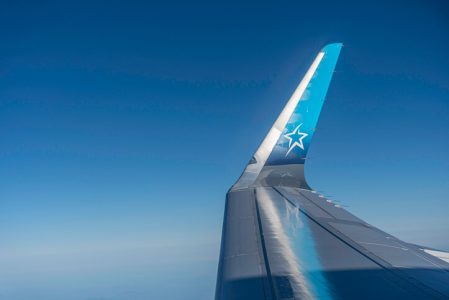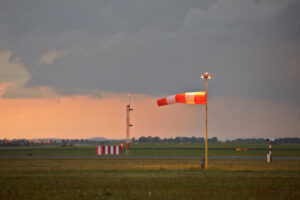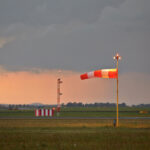Winglets on Aircraft
Winglets are nearly vertical airfoil at an airplane’s wingtip that reduces drag by inhibiting turbulence. They also call it a small wing. Both descriptions are correct and explain why winglets are becoming more and more popular as designers strive to create the most aerodynamic and efficient aircraft for the future.
How Do Winglets Work?
Winglets were created to act as a barrier between the two different air flows that form on the top and bottom of a wing. On a straight wing without winglets, these two pressures form wingtip vortices, sometimes called horizontal twisters or tornados. Energy is lost when the high pressure on the bottom surface of the wing moves outward to the wingtip and curls upward around it. A winglet helps reduce the formation of these vortices by preventing the two airflows from mixing.
Benefits Of Winglets
There are number benefits to Winglets:
- Fuel Efficiency: Winglets help reduce drag, which in turn improves fuel efficiency. This can lead to significant cost savings for airlines.
- Extended Range: By reducing drag and improving fuel efficiency, winglets allow aircraft to fly longer distances without the need for additional fuel.
- Improved Climb Performance: Winglets enhance the aircraft’s climb performance, allowing it to reach cruising altitude more quickly and efficiently.
- Reduced Environmental Impact: With better fuel efficiency, winglets help lower the emissions of greenhouse gases and other pollutants, contributing to a more environmentally friendly operation.
- Increased Payload Capacity: The improved efficiency provided by winglets can allow for increased payload capacity, enabling airlines to carry more passengers or cargo.
- Noise Reduction: Winglets can also help reduce noise levels by decreasing the vortex drag at the wingtips, leading to a quieter flight.
- Structural Benefits: Winglets can reduce the load on an aircraft’s wings, potentially extending the lifespan of the wing structure and reducing maintenance costs.
- Enhanced Stability and Control: By smoothing out airflow over the wings, winglets can improve the overall stability and control of the aircraft, making for a smoother flight experience.
The Different Types of Winglets
- Blended winglets
- The most common type today.
- Curve gently outwards at the end of the wing and blend seamlessly.
- Split scimitar winglets
- Two distinct pieces.
- The lower part angles downward to reduce even more drag.
- Sharklets
- An Airbus blended winglet.
- Uses a distinctive curve to reduce aerodynamic loading.
- Raked Wingtips
- A “flattened down” winglet.
- Extends 5 meters from the end of the wing.
- Creates more surface area.
- Reduces drag.
- Canted Winglet
- Short with an upward slope.
- An older design rarely seen in modern aircraft.
The Future of Winglets
Without a doubt, winglets have proven their value over recent years and will continue to be a critical part of aircraft efficiency in the future. When paired with the new generation of engine technologies, fuel savings will continue to improve for operators who choose aircraft with winglets.
RELATED CTS TRAINING
RELATED CTS TRAINING









